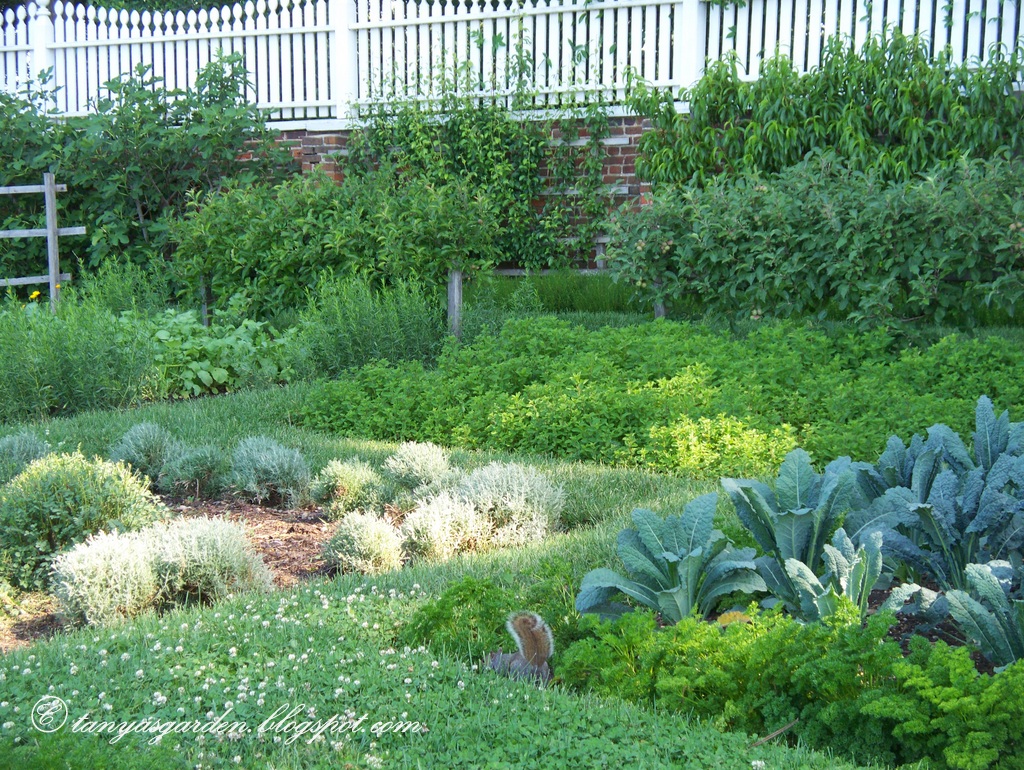Let me share some pictures from the George Washington Estate in Mount Vernon, VA.
Here, on the banks of the Potomac River, 16 miles south of the capitol, the Commander In Chief of the American Revolutionary forces and first President together with his wife Martha lived for 40 years.
Here, on the banks of the Potomac River, 16 miles south of the capitol, the Commander In Chief of the American Revolutionary forces and first President together with his wife Martha lived for 40 years.
The Estate includes 50 acres of plantations and about a dozen original buildings.
Touring the main house was very interesting. Here are the pictures of the kitchen.
Let's look at it before we go to the garden.
The kitchen had three parts: the food preparation and dish washing room, cooking room and a larder with cooling floors for food storage.
Touring the main house was very interesting. Here are the pictures of the kitchen.
Let's look at it before we go to the garden.
The kitchen had three parts: the food preparation and dish washing room, cooking room and a larder with cooling floors for food storage.
Most of the time I spent admiring the gardens which were restored to reflect Washington's 18th century garden.
In May, blooms in the Upper Garden were abundant. Peony, roses, iris, larkspur, foxglove, cardinal flower, columbine were among numerous perennials and annuals.
Clipped English boxwood hedges border the flower beds.
They say the recreated fleur-de-lis design, shown in the next picture,
reflects George Washington's friendship with the Marquis de Lafayette
and honors the French for their help in the Revolutionary War.
They say the recreated fleur-de-lis design, shown in the next picture,
reflects George Washington's friendship with the Marquis de Lafayette
and honors the French for their help in the Revolutionary War.
The Mount Vernon Washington Estate's staff has done an outstanding job restoring the gardens designed and nutured by the first President.
Read more Here
Read more Here
I was impressed by the size and well-planned layout of the Lower or Kitchen garden.
It provided the estate with fresh vegetables and herbs.
I got so lucky being able to spend some time there absolutely alone.
Only the squirrels waved their bushy tails between the vegetable beds.
The Lower garden is surrounded by a brick wall which evokes a very comfortable feeling.
It was a pleasure being there on a warm sunny day thinking that a great man set his foot here.
Asparagus, peas, beans, spinach, beets grow in the beds surrounded by low growing herb plants.
Onions, lettuce and artichokes grow along the apple and pear tree hedges.
It was interesting to see how low those trees were trimmed to provide easy harvesting.
Back in the 18th century, the kitchen garden soil was fertilized using manure from nearby stables.
George Washington tested new plants in his garden. He personally sowed seeds and nurtured, watched and recorded plants' progress. Seeds were sent to him by friends and admirers, sometimes from abroad. He wanted his plantation to be self-sufficient. For that, he experimented with grapes, vegetables, crops, and herbs. He believed that a farmer shouldn't rely on buying seeds every year.
He also designed a nursery where he planted dozens of sapplings. It included 11 varieties of pears, 4 - apples, 3 - peaches, 2 - cherries and several varieties of plums. Thanks to the nursery, the estate was getting fresh fruit for almost half the year.
A visit to the George Washington Estate leaves a very good feeling.
It's so nice and inspiring to know that this great man was a person who appreciated nature, land and plants as much as we, gardeners of today, do.
*
This is the link to the official Mount Vernon Estate, Museum and Gardens SITE/
Interesting information is also Here.
***Copyright 2013 TatyanaS



















































